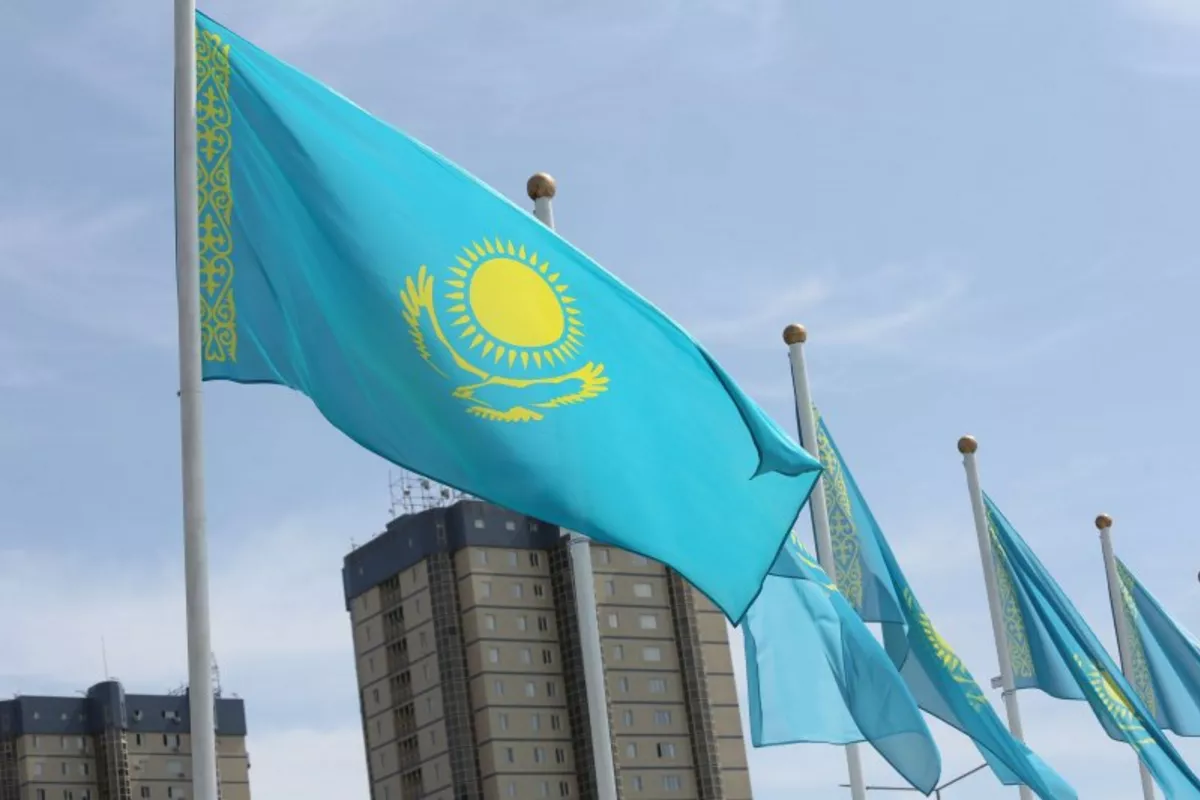
Photo: kazpravda.kz
Kazakhstan has outlined an ambitious new economic strategy projecting a 5.4% GDP growth in 2026 and an average annual growth rate of 5.3% through 2028.
The forecast was presented during a government meeting on August 26, chaired by Prime Minister Olzhas Bektenov, The Caspian Post reports, citing Kazakh media.
Deputy Prime Minister and Minister of National Economy Serik Zhumangarin presented the forecast, developed based on a baseline scenario aimed at ensuring sustainable economic growth in line with President Kassym-Jomart Tokayev’s directives, reported the Prime Minister’s press service.
Nominal GDP is projected to rise from 183.8 trillion tenge (US$340 billion) in 2026 to 229.8 trillion tenge (US$425 billion) in 2028.
Key growth drivers will include the real sector and the services industry. The manufacturing sector is projected to expand from 6.2% in 2026 to 6.6% in 2028, driven by major investment projects. The construction sector is expected to grow by an average of 11%, transport by 10.1% and trade by 6.7% during the forecast period.
Zhumangarin also noted a positive trade balance throughout the period. Exports are expected to increase from $77.1 billion in 2026 to $83.7 billion in 2028, while imports are projected to rise from $67.7 billion to $75.2 billion.
Inflation is forecast not to exceed 10% in 2026 and to stabilize at 6% in 2027 and 2028.
Based on the macroeconomic outlook, the republican budget revenues are expected to reach 19.2 trillion tenge (US$35.6 billion) in 2026 and grow to 23.2 trillion tenge (US$43 billion) by 2028. The government plans to maintain a guaranteed transfer of 2.7 trillion tenge (approximately US$5 billion) from the National Fund annually.
The budget deficit is set at 2.5% of GDP in 2026, gradually decreasing to 0.9% by 2028. The non-oil deficit is also expected to decline from 4.9% to 2.7% of GDP during the same period.
Minister of Finance Madi Takiev emphasized that the 2026-2028 budget will be balanced without targeted transfers from the National Fund - a first in recent years - while remaining socially oriented and prioritizing economic stimulus measures.
“Optimized expenditures were redirected toward supporting the real sector. Spending aimed at stimulating economic growth increased from 10.9% to 16.1%, totaling 4.47 trillion tenge (US$8.28 billion),” Takiev said.
Social spending and regional development
Approximately 38.7% of budget expenditures - 10.7 trillion tenge (US$19.81 billion) - will be allocated to the social sector. An additional 3.6 trillion tenge (US$6.67 billion) will support the real economy, including 732 billion tenge (US$1.36 billion) for the agro-industrial complex and 855 billion tenge (US$1.58 billion) for transport infrastructure.
To improve regional development, 5.1 trillion tenge (approximately US$9.44 billion) will be allocated to local budgets as subsidies in 2026, while donor regions will contribute 879.9 billion tenge (approximately US$1.63 billion) to the republican budget. According to projections, the Pavlodar Region is expected to become financially self-sufficient and exit the subsidy category by 2028.
The government also reviewed long-term economic scenarios up to 2035. Under the baseline scenario, Kazakhstan’s economy is expected to achieve an average annual GDP growth of 4.5%, with nominal GDP reaching 473.2 trillion tenge (US$875 billion) by 2035.
To reduce reliance on the oil and gas sector, the guaranteed transfer from the National Fund will be gradually reduced to 2 trillion tenge (approximately US$3.7 billion) annually starting in 2029. The budget deficit is projected to decline to 0.4% of GDP by 2029 and is expected to reach a balanced budget by 2030.
Bektenov stressed the importance of strict fiscal discipline and efficient allocation of public funds.
“It is crucial to ensure the effective and timely use of budget resources and maintain tight control over expenditures,” he said.
The government has instructed the Ministry of Finance and the Ministry of National Economy to submit the draft budget and transfer-related bills to Parliament by Sept. 1.
Share on social media